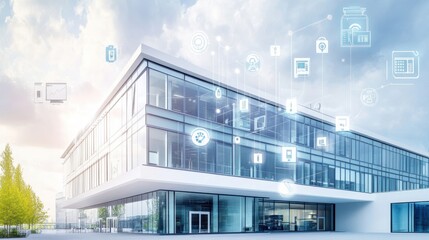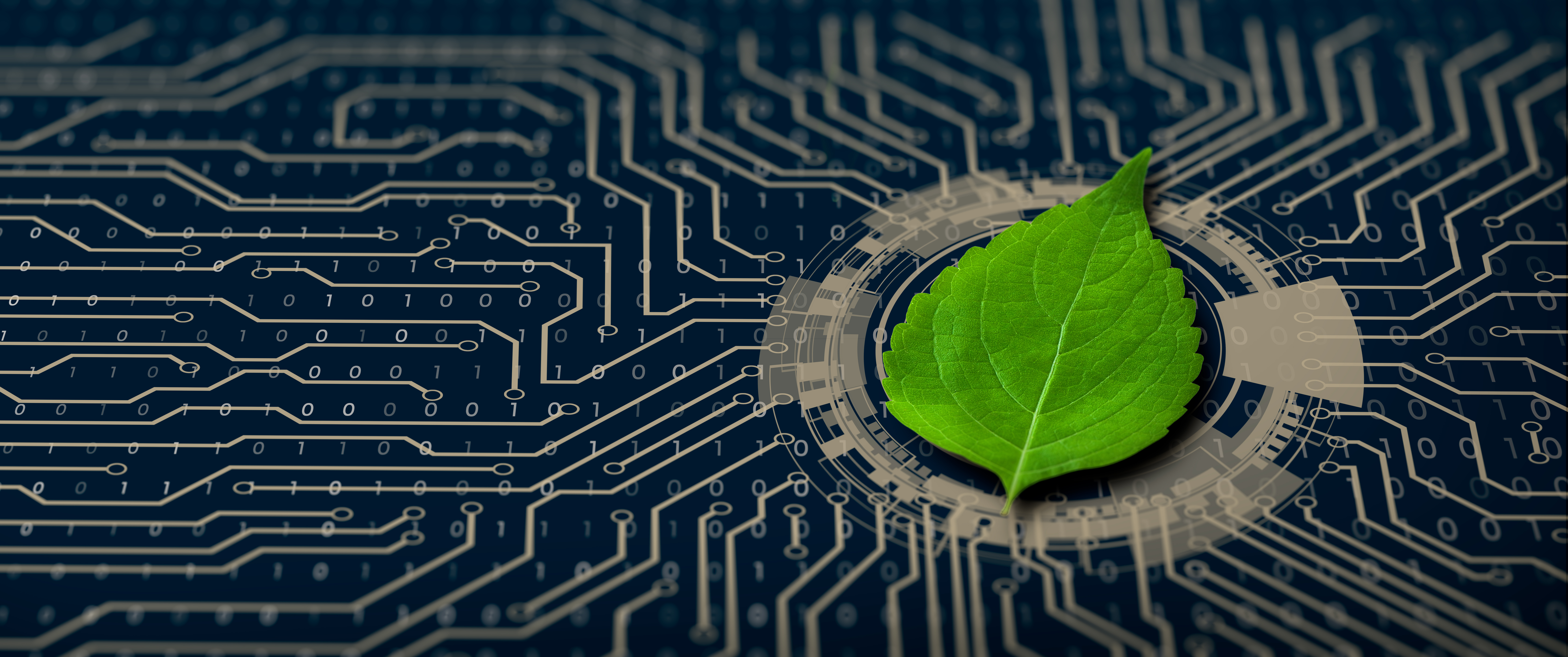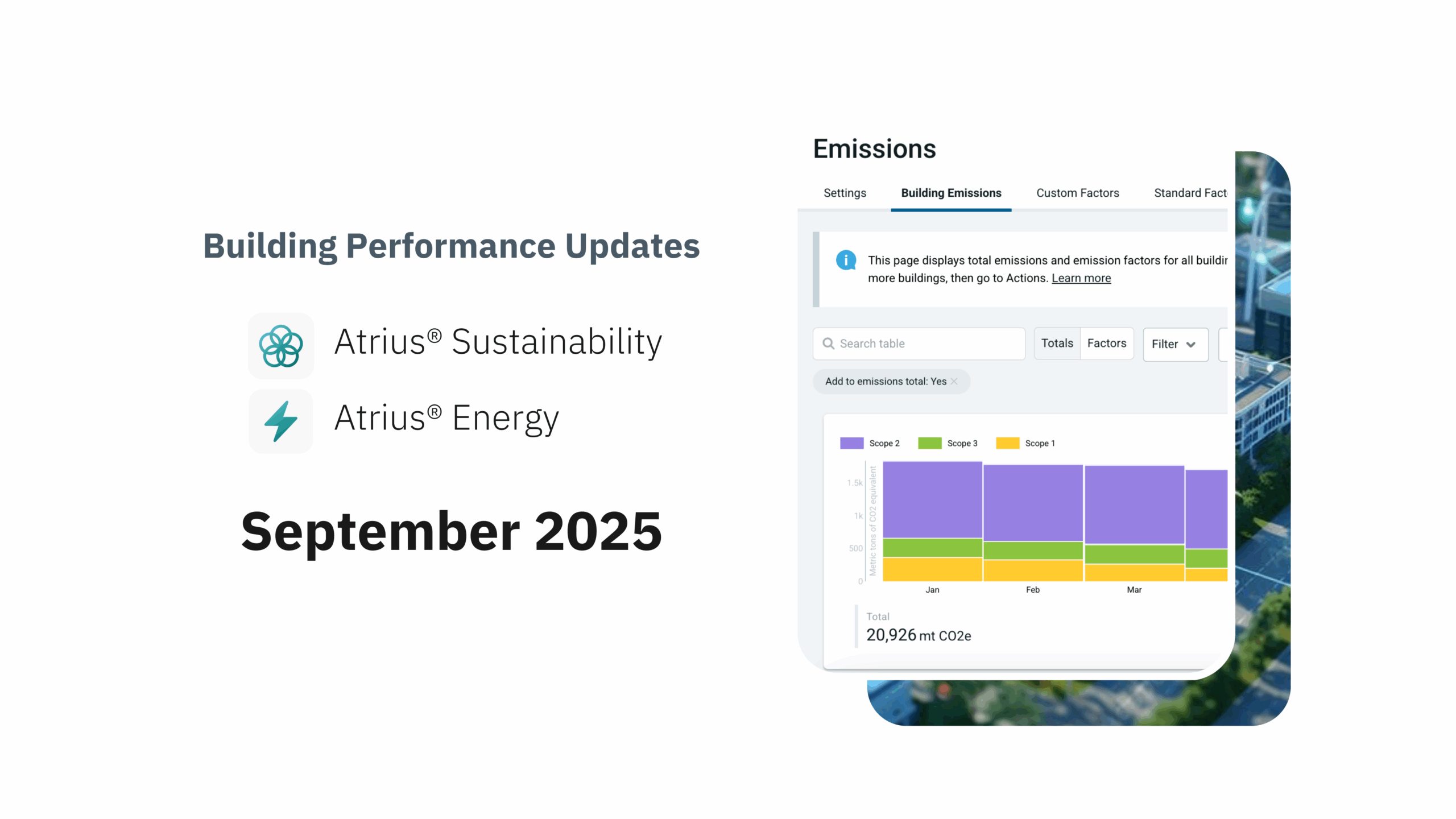This article was originally published by Civil + Structural Engineer.
Our world is increasingly energy dependent, and engineers are tasked with utilizing ways for our built spaces to be as energy efficient as possible. This year’s Earth Day focus was to invest in our planet, and engineers can take up this mission by employing sustainable digitalization practices in our built spaces. Digitalization is a transition from manual to digital processes, allowing for faster and more comprehensive data collection as well as AI-driven decision making. By employing digital solutions and practicing environmentally friendly digital practices, civil engineers can reduce energy usage in built environments and lead the way for other industries to heed Earth Day’s mission and invest in our planet.
Creating highly energy efficient spaces
To create the most highly energy efficient spaces possible, building operators must have as much data as possible to manage energy use and facilitate decision-making. By installing sensors throughout commercial spaces, engineers can help provide a wealth of data to operators. These sensors, laid throughout the building, provide a deeper and more nuanced understanding of how energy is consumed day by day, season by season, and lead to more impactful plans for optimizing energy use.
For example, picture a large retail store and what its energy needs might look like throughout the course of a day, then a year. Commercial spaces often use timers to automate certain systems, such as lighting and air conditioning. Timers make it simple to decide when and how energy is used throughout the day, but with deeper data gathered by sensors, operators can make more deliberate decisions on a daily basis that lead to smarter, greener energy usage throughout the year. Relying on timers typically leads to the same AC usage throughout the summer; sensors can advise operators that a cooler day with less people in the store does not need as much cooling power to keep customers and workers comfortable. Sensors can also detect when an exceptionally sunny day means the lights in certain areas can be turned off and there will still be ample light for shopping.
Digital sensors
Digital sensors can be used for more than gathering data — they can be used to automatically react to gathered data and change energy usage without human intervention. In practice, these automated systems have saved millions of kilowatts in annual energy usage. These energy savings turn into financial savings, which operators can invest toward bigger energy projects such as integrating renewable energy sources. Because buildings are responsible for one-third of global energy usage and one-fifth of the world’s carbon emissions, digitalizing commercial spaces can have a sizable effect on reducing our carbon footprint.
Digital twins
Digital twins are another method that collect even deeper information about a physical space and how changes may impact them. A digital twin is a virtual replication of a real-life space and can be used for any sized object, from a building to a city block to Planet Earth. They are an effective tool for computing different scenarios and their environmental outcomes.
When used in a building, a digital twin can provide endless insights into how real-life and possible changes impact energy use. In a mall, for example, a building operator can see the direct energy impacts of new stores, kiosks, and restaurants. Knowing how energy is consumed by individual businesses within the mall can help the operator understand and react to energy needs better than an overview of the entire building or specific floors.
They can also anticipate future needs: how an upcoming holiday and increased traffic will affect energy consumption, or in the long-term, how higher temperatures due to climate change can impact the mall over time. As the digital twin collects deeply immersive data over time, it becomes more and more useful for understanding the physical space and what its needs will be at all possible points in the future.

Engineers embark on their digitalization journey
As engineers embark on their digitalization journey, they must be aware of how and where data is stored and its real impacts on carbon emissions. Cloud computing and storage are increasingly a must-have for all industries. Because of this demand, there are intensive efforts to reduce their emissions, especially in hyperscale data centers run by the world’s largest enterprises.
For example, Meta’s hyperscale data center will use 100 percent renewable energy and minimize the amount of water used for cooling servers. Google’s data center has implemented several strategies that means it is twice as efficient as the average data center. Hyperscale data centers have the resources to invest in energy-saving measures and are currently the greenest compute and storage options available.
Engineers who incorporate these powerful digital tools will lead the way in making our built spaces more environmentally friendly. As we look toward a future with a rapidly changing climate, we need buildings around the world to protect us from harsher temperatures and more severe weather, and at the same time use less energy to do so. Current digitalization tools not only limit our current impact on the environment, they help us prepare for the next decades of change. They are a critical tool for our future on Earth.



